Heritage Open Days 2025: Where to Visit this Summer
This year, from Friday 12th September to Sunday 21st September, thousands of volunteers across England organise events and workshops to celebrate our brilliant and vast history and culture.

8 Ideas for Places to Visit this Summer
This National festival was established in 1994 and is England’s contribution to the European Heritage Days and has become the country’s largest community heritage festival. The European Heritage Days were established in 1985 and were set up to raise awareness and appreciation for Europe’s cultural heritage, as well as the need for its care and protection.
Today, more than 50 countries participate, each highlighting their own diversity and culture.
At HSL, we are proud to be led by our own traditional values, from our handcrafted furniture made in our very own Comfort House, to the partnerships we have created with British owned businesses. Our culture and heritage are at the very centre of our hearts, and as a family-run business, we understand how important it is to be proud of your roots.
That’s why we believe it’s important to explore your home! Enjoy this list of places to visit this Summer, in celebration of Heritage Open Days 2025.
This year’s theme is Architecture. England hosts a whole range of architectural styles, from the modern skyscrapers of London to the Norman ruins of our castles. Our history is rich and full of stories that can be found in the stonework of roman walls, the broken stained glass from our Abbeys to even our gardens.
1. Take a walk in your local park
It can be as simple as that. Get the grandchildren in their trainers and enjoying the fresh air. Our local parks hold so many stories and memories, whether it’s a place you used to bring the kids and now the grandchildren, to the time you saw the ducklings for the first time, and the many picnics on the grass.
Parks are designed by landscape architects with the help from the local community to see what needs and expectations need to be met, whether that’s something more child-oriented or space more focused on nature.
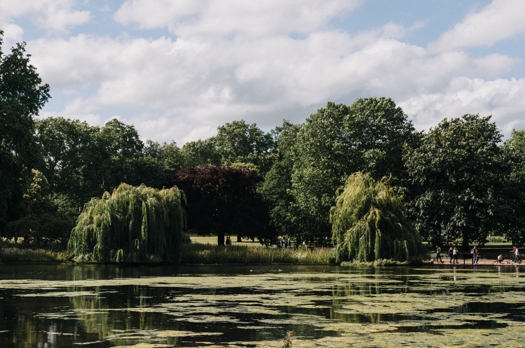
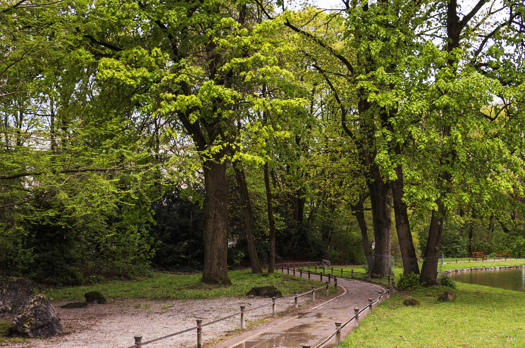

2. Take a stroll along your local canal
Another easy way to get outdoors with accessible routes and lots to see are our local canals.
The first canals were built in the 18th century in a time known as ‘Canal Age’, with the textile industry and coalminer’s being able to trade their goods much easier and for better prices. With the success of canals, the volume of goods increased, enabling Britain to become the first industrial power of the world.
Nowadays, canals are used for recreational activities and leisure, including walking, cycling, fishing, and enjoying the barges.
3. Find luxury in a Manor House, Country House or Stately Home
England’s historic Country Houses play a significant part of our social history, these estates boasted the wealth and titles of the very wealthy with luxurious and beautiful residences and gardens, and were a place of work for thousands of servants and workers.
Manor houses were initially served as the residences of the Lord of the Manor and other aristocrats, evolving over time into symbols of wealth and status. Manor houses were built before Country Homes and functioned as employment and protection for the local villages.
Manor houses, country houses and stately homes were all built to be elaborate and grand, each home offering an insight into the social interactions and conventions which played out in some of the grandest mansions built around the country.
4. Have a weekend break in the big city
We often spend our day in the city shopping, eating and complaining about all the queues. They are big, busy and beautiful, but how often do you admire these spaces? Our cities have been built, rebuilt and in some cases, rebuilt again, with a wealth of history from the Industrial Revolution to the world wars and the blitz, to the more contemporary styles.
Have a day exploring the historic sites of a new city, enjoy the Shambles of York, the Tower of London, the Botanical Gardens of Cambridge to the striking modern landmark that is the Library of Birmingham. There’s so much to see and admire.


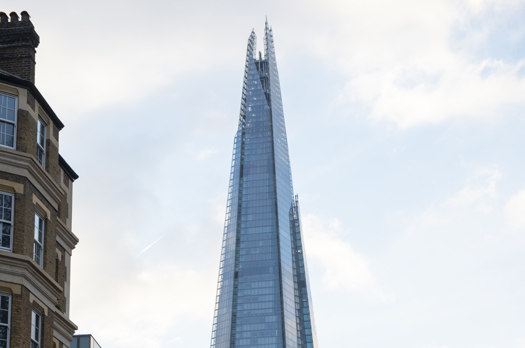
5. Time travel to a different world with a museum
Museums are a wonderful way to explore our history and enjoy time learning about a time before us. They’re a brilliant and interactive way for the grandchildren to explore and enjoy education. Museums are a vital part of our society, they preserve, educate and inspire whilst acting like a guardian of cultural heritage, making history, art and science all accessible.
Museums are not built in isolation, they are created to connect with the community and society. Museums vary with everything from size, exhibition types to staff members and volunteers. The Natural History Museum in London was built with a blend of Gothic Revival and Romanesque styles to evoke a Cathedral-to-Nature design, whereas Eden Camp Modern History Museum in North Yorkshire is built within the grounds of an original POW Camp.
6. Step back in time and explore an Abbey, Church or Cathedral
England has always been enriched with religion and religious figures, and because of this, we have lots of beautiful buildings to admire and reflect in.
Abbeys are a type of monastery used by a religious order and governed by an abbot or abbess. They centred around the religious life and often housed communities dedicated to Christianity (or in other parts of the world, Buddhism). Abbeys would often see Monks and Nuns live, work and worship according to their religious rules and traditions.
The first Abbeys are thought to have been established as early as 598AD.
Churches hold a significant spiritual, social and historical importance across the UK. They serve as a safe place to worship, enjoy community gatherings and ask for spiritual guidance. Churches offer the opportunity for people to connect with their faith, seek support and engage in acts of services. Churches are still an active part of our community, and they often hold a central place in our community’s history and reflect our past and traditions.
The first Church is thought to have been built as early as 597AD.
Cathedrals are churches which hold the seat of the Bishop and is the ‘mother church’ of its diocese (a church that lands under the pastoral care of the bishop). A cathedral’s main purpose is to be a place of worship but is also the oldest building to have continuously used its surrounding areas for heritage, culture and to serve the community.
The first Cathedral is thought to have been built as early as 597AD.
Rievaulx Abbey, North Yorkshire
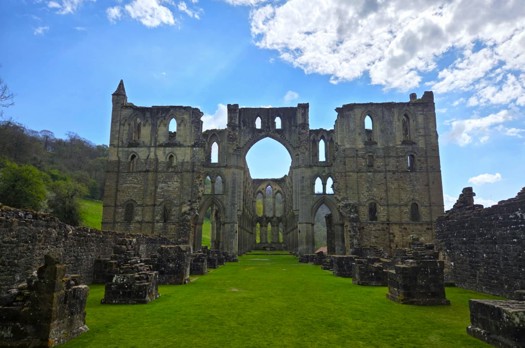
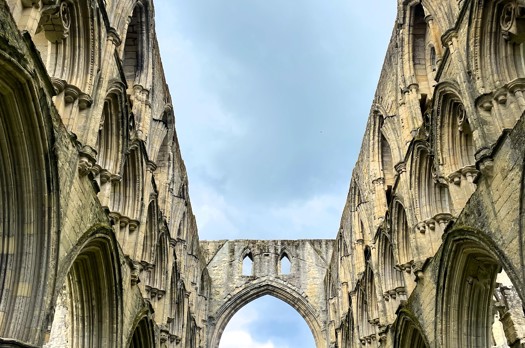
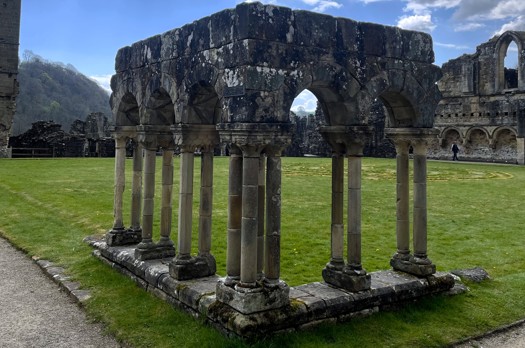
7. Follow in the footsteps of those before you with a tour on a historical street
A historical street tour explores the past through a city’s streets, buildings and sometimes even a graveyard, you’ll follow a tour guide offering insights into the street’s history, culture and architecture. These tours will follow a theme, such as a ghost walk, roman history, medieval architecture or industrial heritage. These can be guided by an expert or self-guided and will often lead you to places you never would’ve experienced otherwise.
8. Become a Knight of a Castle
If Cathedrals aren’t your interest, a castle might be. England hosts a whole number of castles in all shapes and sizes. After being conquered by the Normans, our landscape changed, and this small force of invaders used the large fortresses to impose their authority.
Our castles now stand in ruin as popular tourist destinations. Some are still in use, such as Windsor Castle as a royal residence and Edinburgh castle with a military presence, but we no longer need these structures to defend our shores. Instead, they’re used for education and inspiration for fantasy.
The first Castle is thought to have been built as early as 1066AD.
Restormel Castle, Cornwall
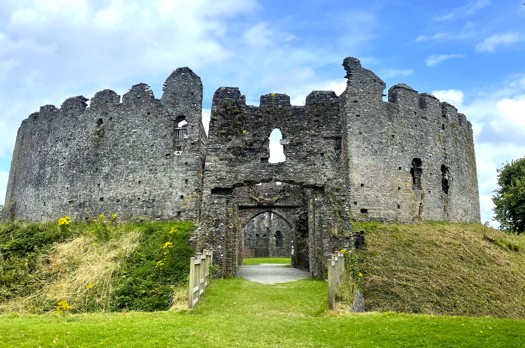
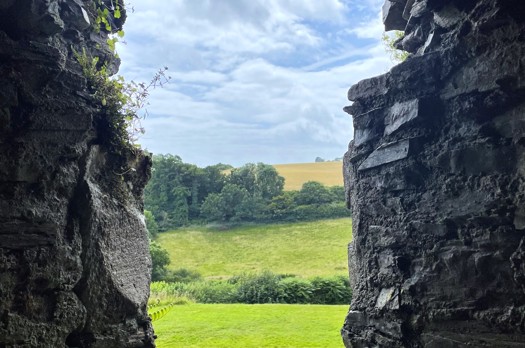
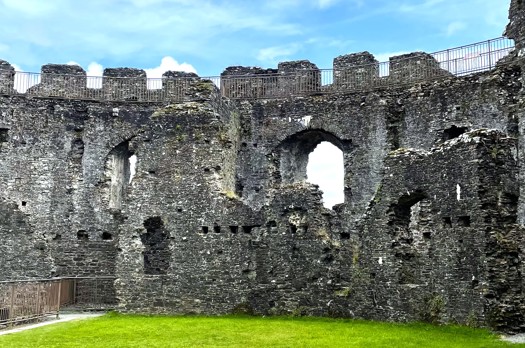
Enjoy Britain like never before and explore somewhere new. You might even find a hidden gem in your local area. The Heritage Open Days is a national festival that happens every year, but heading out on a new adventure can happen at any time, especially whilst the sun is still out!
Find an event near you or more information about Heritage Open Days.
For more Lifestyle Support, check out HSL's Feel Good Hub.
You might enjoy our related articles:
Sign up for our newsletter
Sign up for our newsletter to hear about our exciting new collections, interior trends, wellbeing advice as well as exclusive offers.



